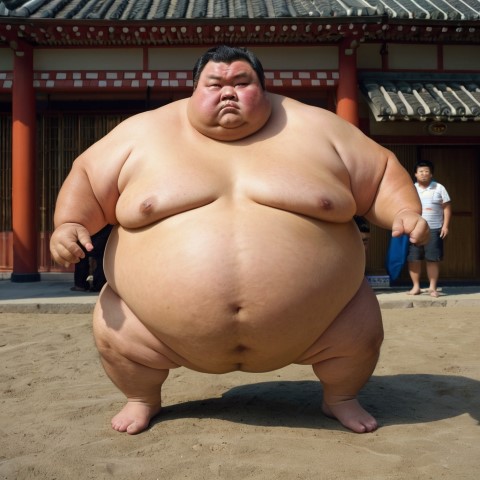Does Sumo have low visceral fat?
Sumo wrestlers, due to their intense training regimen and unique body composition, present an interesting case when it comes to visceral fat. While they typically have a high body fat percentage overall, their distribution of fat and muscle mass is different from the average person.
Body Composition of Sumo Wrestlers
- High Muscle Mass: Sumo wrestlers engage in rigorous physical training that includes a mix of strength, endurance, and flexibility exercises. This results in significant muscle mass, particularly in the legs and core, which supports their large frames and explosive movements.
- Subcutaneous Fat: The majority of fat in sumo wrestlers is subcutaneous fat, which is stored just beneath the skin. This type of fat is less harmful compared to visceral fat, as it does not surround internal organs and does not have as significant an impact on metabolic health.
- Visceral Fat: Despite their high overall body fat percentage, sumo wrestlers tend to have relatively low levels of visceral fat. Their intense physical activity and high muscle mass help mitigate the accumulation of fat around the internal organs. Studies have shown that the metabolic health of sumo wrestlers is often better than what might be expected given their size, largely due to their low visceral fat levels and high physical activity.
Health Implications
While sumo wrestlers can maintain good metabolic health during their careers due to their high level of physical activity, their health can deteriorate rapidly after retirement if they do not maintain their exercise regimen and dietary control. The reduction in physical activity post-retirement can lead to an increase in visceral fat, which can then pose serious health risks such as cardiovascular disease, diabetes, and other metabolic disorders.
Conclusion
In summary, despite their large size and high body fat percentage, active sumo wrestlers tend to have relatively low levels of visceral fat due to their intense physical training and high muscle mass. This helps them maintain better metabolic health compared to what might be expected based on their size alone. However, maintaining this health advantage requires continued physical activity and a balanced diet, especially after retirement from the sport.


0 comments